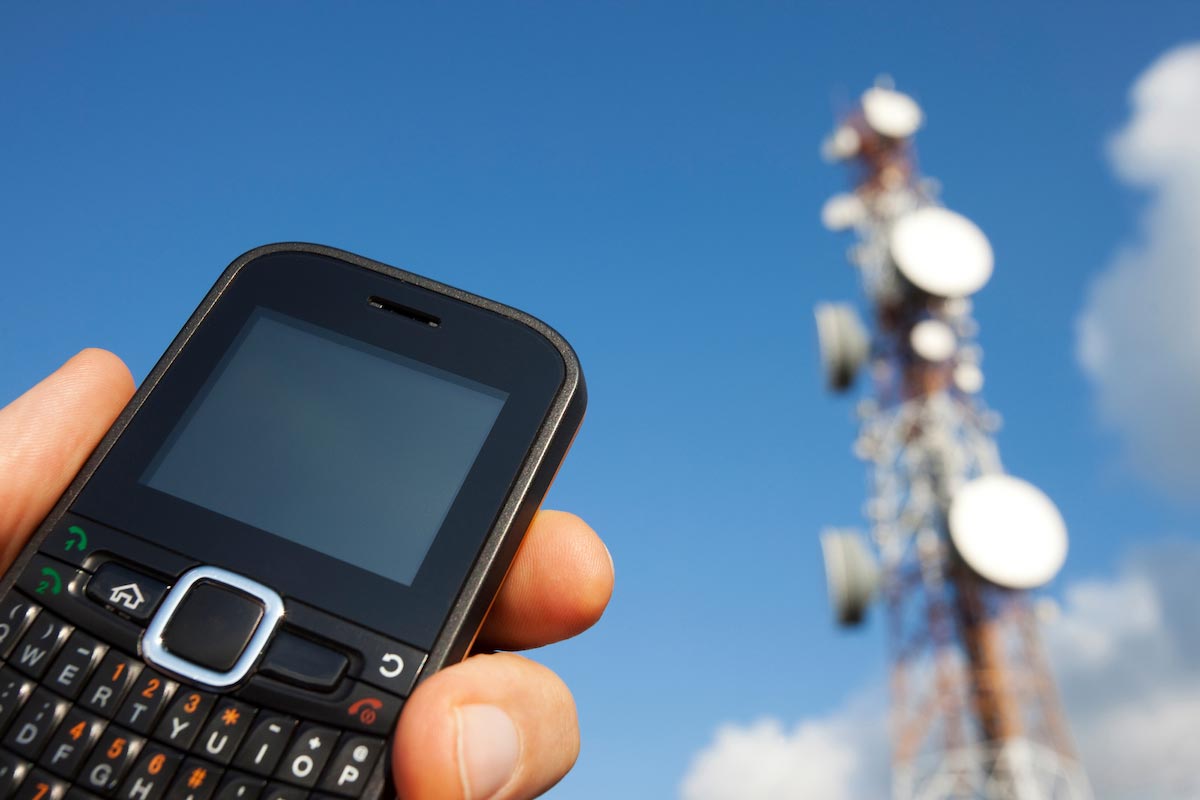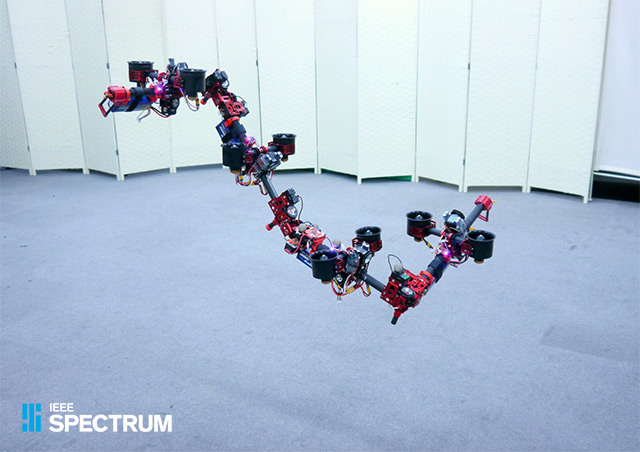Researchers creating a new class of 5G millimeter wave transmitter antenna designs that will soon occupy over a billion mobile devices
09/15/2018 / By Ellaine Castillo

Researchers have come up with a new class of millimeter wave transmitters by integrating the design of antenna and electronics. This new device boosts energy and spectrum efficiency, which could mean longer talk times and higher data rates in future 5G applications. In addition to these, the device also exhibits improved modulation and reduced generation of waste heat.
Transmitters are electronic devices that use radio waves to transmit data. They are able to do this by converting energy from the power source into radio waves and sending off these waves to the receiver.
The new design for millimeter wave transmitters was developed by a group of researchers from the Georgia Institute of Technology. They came up with a hybrid design that allowed for the optimization of both the antenna and electronics at the same time. Multiple transmitters and receivers can be places on an integrated circuit (IC) chip, allowing for a multiple-input-multiple-output (MIMO) system.
The researchers utilized multi-feed antennas, which means that they allowed different electronic devices to simultaneously drive antennas. This allows the antennas to not just transmit data but also to process them.
Although the design of the device is new, the materials needed to produce it and the IC technology that it uses are the same as those that are conventionally used. This means that the device can be created without having too many changes on the manufacturing process.
What sets this design apart from previous ones is its ability to maintain high-energy efficiency regardless of the power output. Aside from this, previously existing transmitters also gather outputs from multiple electronics using power combiner circuits that dissipate energy.
Moreover, the millimeter wave transmitter that they came up with also allows for a more complex modulation control. As a result of this, spectrum efficiency is increased, leading to the transmission of higher data rates within a fixed spectrum allocation.
Lastly, this device utilizes a MIMO system, which requires massive amounts of transmitters and receivers. However, the reduction of wavelength in millimeter wave transmitters allows elements to be placed in a more compact fashion.
“We are merging the technologies of electronics and antennas, bringing these two disciplines together to break through limits,” said Dr. Hua Wang, one of the proponents of the study. “These improvements could not be achieved by working on them independently. By taking advantage of this new co-design concept, we can further improve the performance of future wireless transmitters.”
Currently, the 4G LTE mobile network is still being used. However, this new class of millimeter wave transmitters are already looking to improve future 5G applications. (Related: Dr. Gabriel Cousens warns the world about the toxic effects of 5G wireless (coming soon to your neighborhood).)
Potential hazards of 5G mobile network
Although 5G mobile network has not been formally launched, there are already many claims regarding their possible effects on health. These include:
- Skin problems – One study showed that millimeter and submillimeter wave frequencies interact with human sweat glands. This could potentially lead to preferential layer absorption on the skin.
- Pain – Millimeter waves have been shown to cause pain receptors to flare up, inducing a feeling similar to burning. This could damage the eyes and the cells. In addition to this, the immune system is also compromised.
- Cancer – Radiation that will be used by 5G mobile networks have been linked to the formation of tumors. Tumor formation can be caused by breaks in the DNA or lower melatonin production.
Learn more about millimeter wave transmitters and other technological breakthroughs by visiting Inventions.news today.
Sources include:
Tagged Under: 5g, 5G technology, communications technology, data rates, EMF, energy, energy efficiency, future tech, information technology, millimeter wave transmitter, mobile network, radiation, spectrum efficiency



















